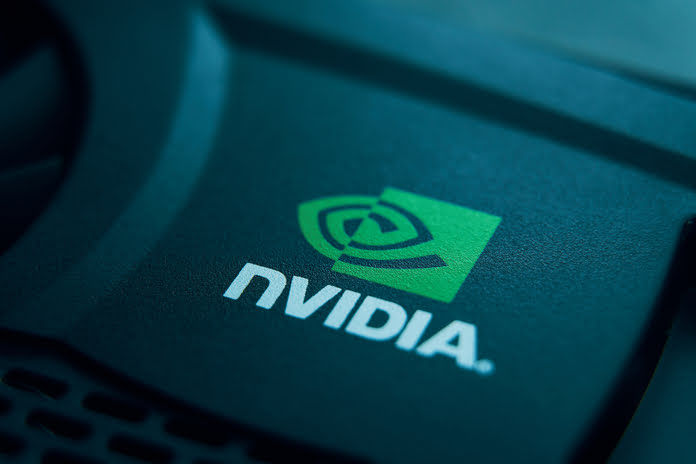The escalating trade tensions between the United States and China, which recently centered on electric vehicles (EVs) and solar panels, have returned to a familiar battleground: semiconductor chips. In October 2022, the U.S. implemented extensive export control rules targeting China, the world’s largest chip exporter, citing national security concerns. However, these measures proved ineffective as friendly nations like Japan and the Netherlands continued to supply crucial semiconductor manufacturing equipment.
In response, the U.S. has pursued various strategies to cut off China’s access to advanced semiconductor technology. This culminated in recent reports suggesting that the Biden administration is considering the most severe trade restrictions available if companies like Dutch giant ASML continue to ship to China.
These reports coincided with hawkish comments from GOP presidential nominee Donald Trump on Taiwan, home to Taiwan Semiconductor (NYSE:TSM), the world’s largest chip manufacturer. Trump stated, “They did take about 100% of our chip business. I think, Taiwan should pay us for defense… You know, we’re no different than an insurance company. Taiwan doesn’t give us anything.”
With both Biden and Trump taking a tough stance on chips and China, the semiconductor industry experienced a sharp decline on Wednesday. Notably, Intel (NASDAQ:INTC), expected to benefit from expanding its domestic foundry footprint, was an exception. U.S.-listed shares of Taiwan Semi tumbled nearly 8%, ASML lost 12%, and Advanced Micro Devices (NASDAQ:AMD) shed more than 10%, while the broader VanEck Semiconductor ETF (SMH) closed down 7%.
Nvidia’s Position in the Market
Nvidia’s Recent Performance:
Nvidia (NASDAQ:NVDA), a leader in specialized AI semiconductors, saw its stock drop 6.6% during this session. Should investors steer clear of Nvidia amid the trade tensions, or is this dip an opportunity to buy? Let’s take a closer look.
About Nvidia:
Nvidia designs and sells graphics processing units (GPUs) for gaming and professional markets and system-on-a-chip (SoC) units for mobile computing. Trading under a dollar as recently as 2016, Nvidia recently completed a 10-for-1 stock split. The stock has surged 146% on a year-to-date basis and 2,595% over the past five years.
Last month, Nvidia briefly became the most valuable company in the world, surpassing tech giants like Microsoft (NASDAQ:MSFT) and Apple (NASDAQ:AAPL). Although Apple has reclaimed the top spot, Nvidia’s market cap stands at $2.90 trillion. The stock also offers a modest dividend yield of 0.02%.
Despite a 16% pullback from its June highs, Nvidia’s core fundamentals and operational strength remain robust.
Nvidia’s Financial Strength
Earnings Performance:
Nvidia’s financial health is solid, as demonstrated by its first-quarter results. In Q1 2025, Nvidia reported record quarterly revenues of $26 billion, a 262% increase from the previous year, driven by a 427% rise in core data center revenues to $22.6 billion. Adjusted EPS increased by 461.5% year-over-year to $0.61, exceeding estimates.
The company generated $15.34 billion in net cash from operating activities, compared to $2.91 billion in the year-ago quarter, and ended the quarter with a cash balance of $31.44 billion, significantly higher than its $14 billion in debt.
Future Prospects:
For Q2 2025, Nvidia expects revenues of $28 billion, with analysts forecasting forward revenue growth of 80.21%, compared to the tech sector median of 6.57%. Over the past decade, Nvidia has grown its revenue and EPS at a CAGR of 33.99% and 56%, respectively.
Innovation and Growth Drivers
Blackwell Platform:
In March, Nvidia unveiled its Blackwell platform of chips, an improvement over its Hopper architecture. The Blackwell platform promises significant cost and energy efficiency improvements, reducing costs by up to 25x for tasks like training giant AI models. Production is underway, with availability expected later in 2024. Nvidia is also developing Blackwell’s successor, Rubin, slated for a 2026 launch.
AI and Computing:
Nvidia’s optimism for continued growth through 2025 and beyond is fueled by the shift to accelerated computing, the growth of generative AI applications, and strong demand in enterprise and consumer internet sectors. Nvidia’s chips are used in data centers, edge-to-cloud computing, automotive driving technology, cryptocurrency mining, and professional applications.
Software Strength:
Nvidia also excels in software. Their Nvidia Inference Microservices (NIMs), unveiled at GTC this year, simplify deploying AI models at scale. NIMs reduce deployment times from weeks to minutes and work across Nvidia’s massive CUDA-enabled GPU base.
Analyst Insights and Recommendations
Analyst Perspectives:
Despite the recent sell-off in semiconductor stocks, Mizuho Securities analyst Jordan Klein advised investors not to panic, suggesting that a pullback could lower expectations and investor sentiment in the sector.
Considering Nvidia’s strong balance sheet, continuous innovation, and robust market position, the recent dip may present an opportunity for long-term investors.
Conclusion
Overall, analysts remain bullish on Nvidia, with a consensus “Strong Buy” rating. The mean target price of $139.41 indicates an upside potential of about 16.7% from current prices. Out of 40 analysts covering Nvidia, 34 rate it a “Strong Buy,” 2 a “Moderate Buy,” and 4 a “Hold.”
Given its financial strength, innovation, and market leadership, Nvidia’s latest dip could be an attractive buying opportunity for investors.
Featured Image – Megapixl









